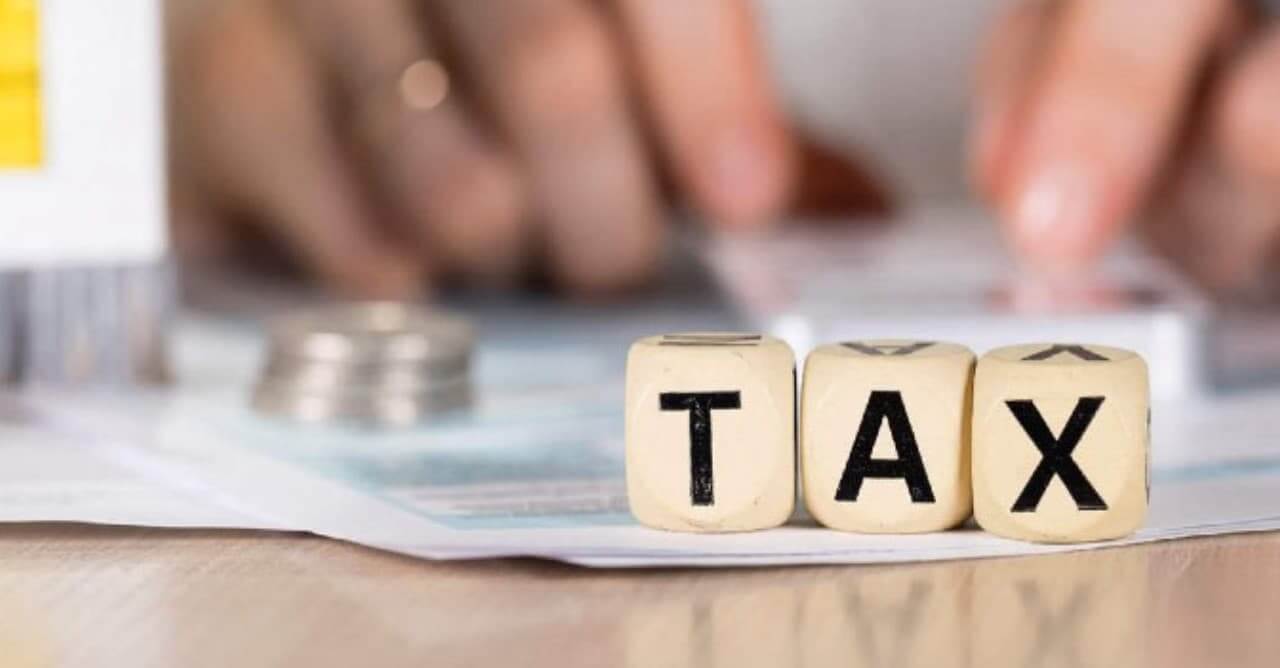
Paying tax bills, tax liability, through bank transfers is made easy with the tools the Internal Revenue Service has. If you’re making a large tax payment, we highly recommend paying taxes with your bank account as you won’t pay any fees and processing cuts to the payment processors. Because you’ll pay your tax straight to the Internal Revenue Service, you won’t be subject to fees.
Why should you pay taxes with a bank transfer?
Taxpayers that have a high federal income tax bill are subject to a larger processing fee, especially for payments made with a credit card. If you’re paying with your debit card that’s connected to your bank account, the fees are significantly lower and generally fixed at $2 to $4.
One thing that’s overlooked is that the tax penalties. If you’re making a large payment to the Internal Revenue Service, there is a high chance that you’ll also be subject to underpayment penalties that increase the total amount you pay. Having said that, it’s best to pay taxes through bank transfer. This will help you cut the cost of total processing fees as you’re making a larger payment than you intended in the first place due to underpayment penalties.
Pay your taxes online with a bank transfer
Pay your tax bill through bank transfer using IRS Direct Pay. This payment method is widely used by taxpayers with all amounts of tax liabilities. Because you won’t pay any fees, it’s the best way to go around taxes when you’re dealing with an unexpected large payment. We highly suggest utilizing this tax payment method to avoid paying fees.
What you’ll need to pay taxes via Direct Pay:
- Your personal information such as full name
- Social Security Number
- The type of tax payment
- The tax form that corresponds to your tax payment
Upon entering these, you’ll need to verify your identity in a single page form, and then you’ll need to make the payment to the Internal Revenue Service. Take note that it takes about two to five days for the IRS to fully process your payment. Once your payment is processed, you’ll know it with the confirmation number you’re given. You can track the status of your payment and see if the IRS received and approved your payment.
Cause you’ll pay the IRS directly, you can make separate tax payments from multiple bank accounts. As long as you keep the confirmation number, you’re good to go.